Danfoss has worked with the SDGs since their adoption in 2015. With our focus on electrification and energy efficiency, we have chosen to focus on four of the Global Goals. These goals cover areas where we consider our products and solutions to have the highest impact.
SDG 6 l SDG 7 l SDG 11 l SDG 12
Our impact however is not limited to these four goals. Our policies on carbon neutrality in 2030, our “Safety First” approach in the workplace, our devotion to human rights, and our effort to foster diverse teams allowed us to expand the list of goals that we consider in our actions.
SDG 3 l SDG 5 & SDG 10 l SDG 8 l SDG 13 l SDG 16
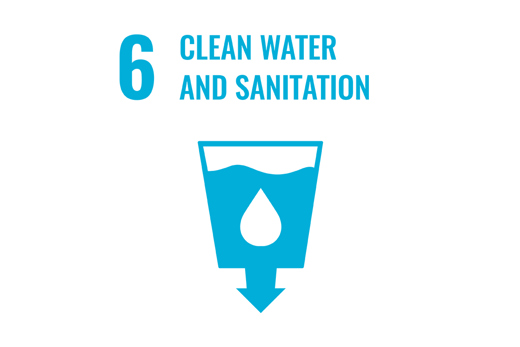
Fresh, clean water is a basic element of life - it is vital for agriculture and important for industries. At Danfoss, we provide solutions with optimized energy consumption for water and wastewater handling, and desalination, which is important in water-scarce areas. Our technology helps to reduce water loss in city pipe networks and secure more efficient water use within food production.
Optimizing energy use and minimizing water loss
At Danfoss, we engineer technologies for an energy-neutral water sector, by optimizing energy use and minimizing water loss in water-treatment applications and irrigation networks. With the use of sensors and variable speed drives coupled with advanced process control, we can reduce both water leakage and energy consumption by at least 25%.
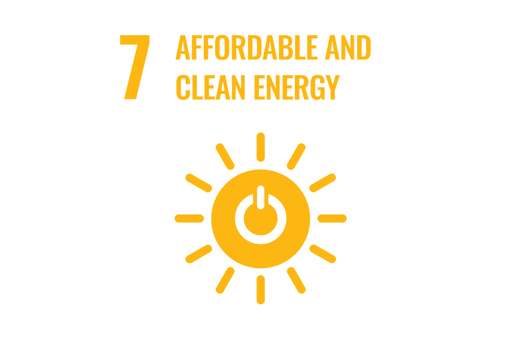
To reach carbon neutrality energy-efficient technology and renewables must be implemented together and on a large scale. We must not only turn our energy supply green but decouple economic growth from energy demand. An enabler for the energy transition is electrification. Danfoss engineers solutions for an electrified mobility sector on land and sea.
Navigate without carbon emissions
At Danfoss, we engineer electric solutions for maritime transport to reduce CO2 emissions and improve energy efficiency. Ellen is a first-of-its-kind electric ferry powered by Danfoss’ motors, and she navigates without carbon emissions.
This holds great potential. That’s why we joined the Global Maritime Forum’s multi-stakeholder initiative “Getting to Zero Coalition”, aiming at zero-emission vessels by 2030.
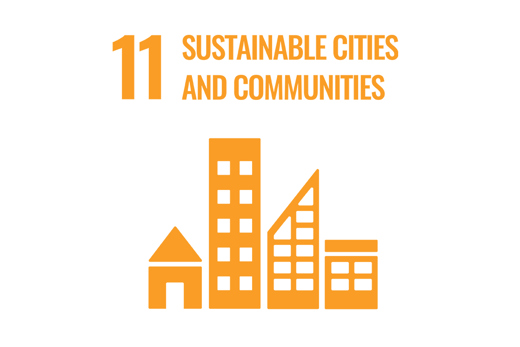
To ensure our future, cities must scale up urban efficiency and transform their energy systems. At Danfoss, we provide energy-efficient solutions for sustainable buildings, heating and cooling, district energy systems, and electric transport to develop carbon-neutral cities as the world’s first responders to the climate emergency.
District energy
At Danfoss, we engineer energy-efficient solutions for district energy systems, solutions for sustainable buildings, and electric transport. Our Leanheat solution uses Artificial Intelligence (AI) and The Internet of Things (IoT) sensors to adjust indoor climate and reduce both energy consumption and cost.
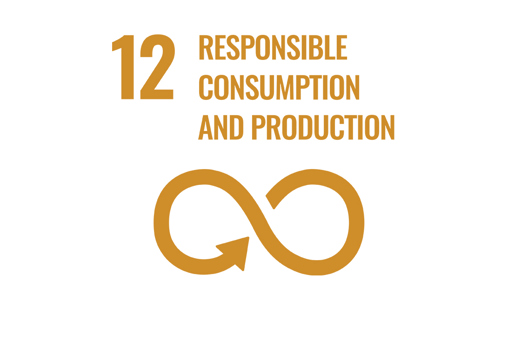
With a growing population, consumers are demanding more, safer, and healthier food. This means that the need for efficient and effective food supply and cold-chain management has never been more important. We offer technologies that enable the reduction of post-harvest food losses and ensure reliable conditions from farm to fork.
Cold chain technologies
At Danfoss, we provide technology for every step of the food supply chain. In the state of Tamil Nadu, in India, farmers reduced post-harvest food losses by 20% by implementing cold-chain technologies, while farmers’ income increased by 200%.
We have joined the UN’s Cool Coalition to share the knowledge and, together with others, to help governments develop cooling action plans and increase their farmers’ income and productivity.
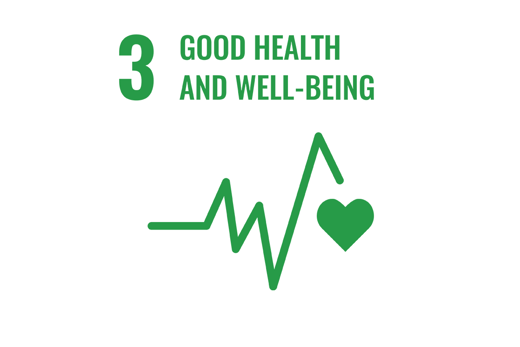
We strive to create a safe working environment and continuously improve the health and well-being of our colleagues across our global organization. Every year we set ambitious safety targets, and it is our vision to be a workplace without work-related accidents. Our “Safety First” program has substantially reduced our Lost Time Injury Frequency (LTIF).
In 2023, we focused our efforts on further reduction of LTIF and other safety indicators and we reached another record-low LTIF of 1.2. Another key focus area for our safety efforts was engagement. The “Spot the Hazard” campaign was launched to help our employees and people leaders to be proactive in daily safety activities. This led to a steady improvement in our safety KPIs.
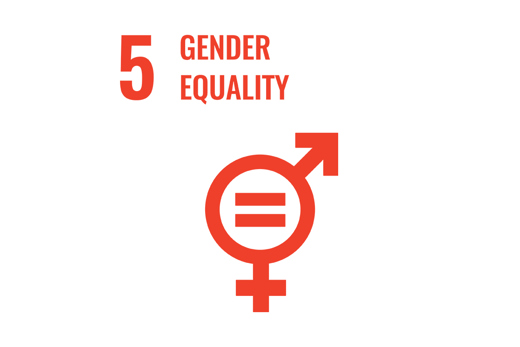
At Danfoss, we aspire to foster an inspiring and inclusive workplace that unleashes the full potential of our people and empowers them to thrive in a purpose-driven career. We continue our focus on four priorities: inclusive workplace, engaged employees, high-performing diverse teams, and key capabilities.
We prioritize focusing on improving gender and nationality diversity in our global teams as well as succession planning by sharing, developing, and rotating our team members across our organization. Increasing the share of diverse talents in all job functions remains a key focus area.
In 2023, the share of woman managers increased to 22.1% from 21.0% in 2022. We continue our efforts to improve but also realize that it takes time to reach our 30% target.
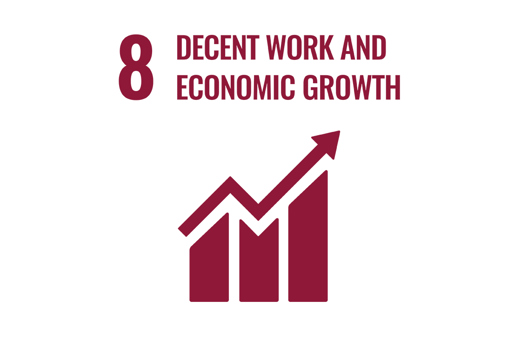
Taking care of our people, communities, and the regions, in which we operate is the key element of our company DNA. We take responsibility for vulnerable people in the labor market, for training employees, and for providing equal opportunities and conditions for a diverse workforce.
Our solutions meet many of the challenges like climate change and urbanization. It is our priority to have a positive impact on the communities in which we operate, addressing key societal imperatives like energy efficiency, energy availability, food security, and water scarcity.
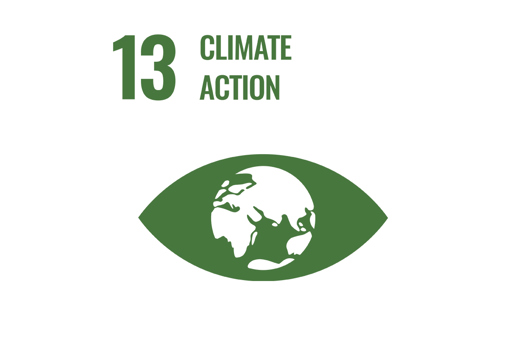
At Danfoss, we deliver the solutions needed to decarbonize the industries, which can provide sustained and systemic impact. This is why we have made it our purpose to become our customers’ preferred decarbonization partner. We help our customers decarbonize through our energy-efficient solutions and ensure carbon neutrality in our operations. In decarbonizing our own operations globally, we apply the same approach that we bring to our customers. We have coined this three-step approach: Reduce, Reuse, Re-source.
We have committed to set science-based targets as a part of the UN Global Compact campaign “Business Ambition for 1.5°C.” In 2023, we continued to make progress on our validated science-based target to limit warming to 1.5°C.
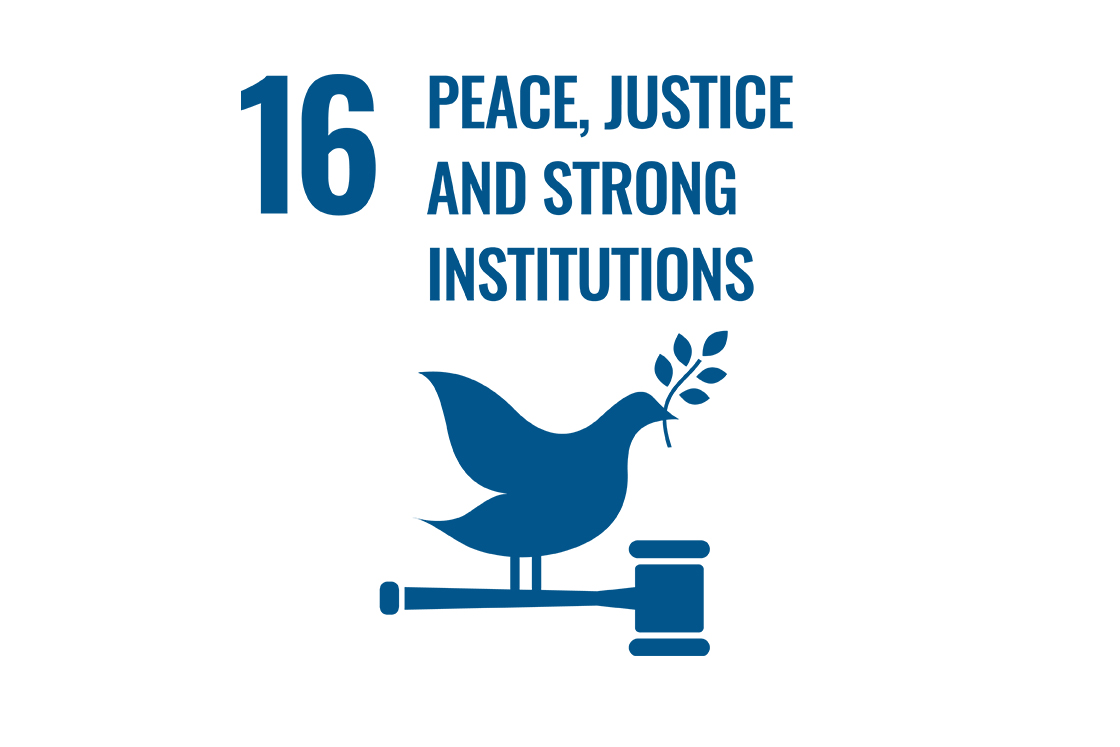
Our results must always be created with a strong moral compass and respect for human rights. Our Ethics Handbook addresses our commitment to human rights, labor rights, anti-corruption, and fair competition.
As a global organization, we commit to the United Nations Guiding Principles on Business and Human Rights (UNGP), guidelines that require companies to prevent and address human rights abuses committed in business operations.
We anchor integrity and compliance in our organization through internal compliance programs and control mechanisms. We also engage with our suppliers on strong standards in business practices, environmental requirements, and labor welfare.
